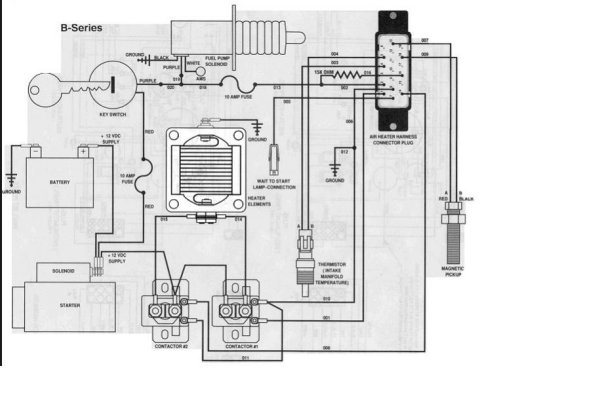Rimshot
Member
Hi All,
What does the thermistor do on the aftercooler of my Cummins? I have a 6BTA with turbocharger. Looked at the wiring diagram and can't figure it out. I think it shuts down the turbo when it detects high temps in the aftercooler.
Thanks!
What does the thermistor do on the aftercooler of my Cummins? I have a 6BTA with turbocharger. Looked at the wiring diagram and can't figure it out. I think it shuts down the turbo when it detects high temps in the aftercooler.
Thanks!

